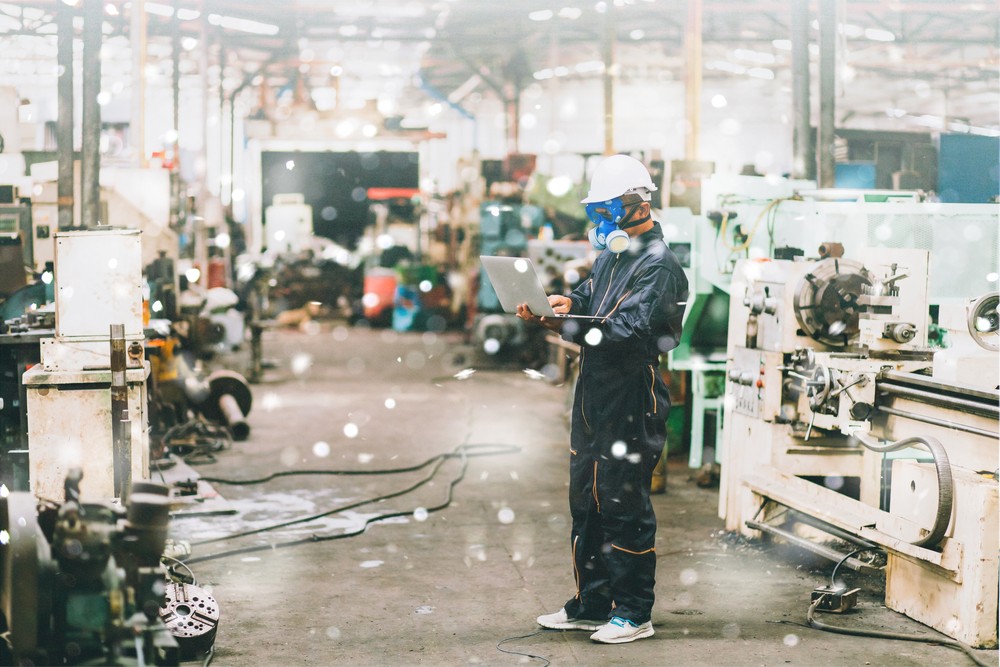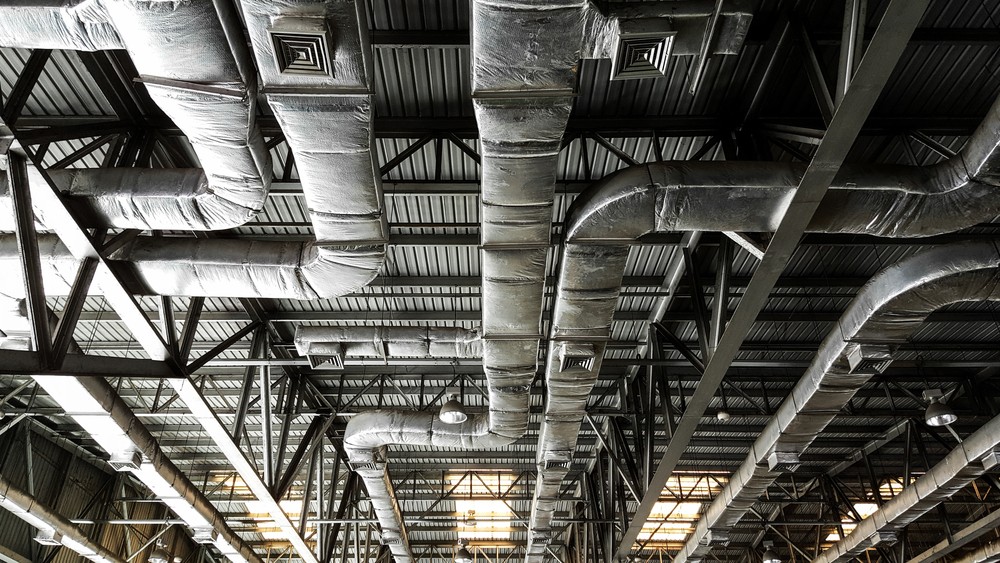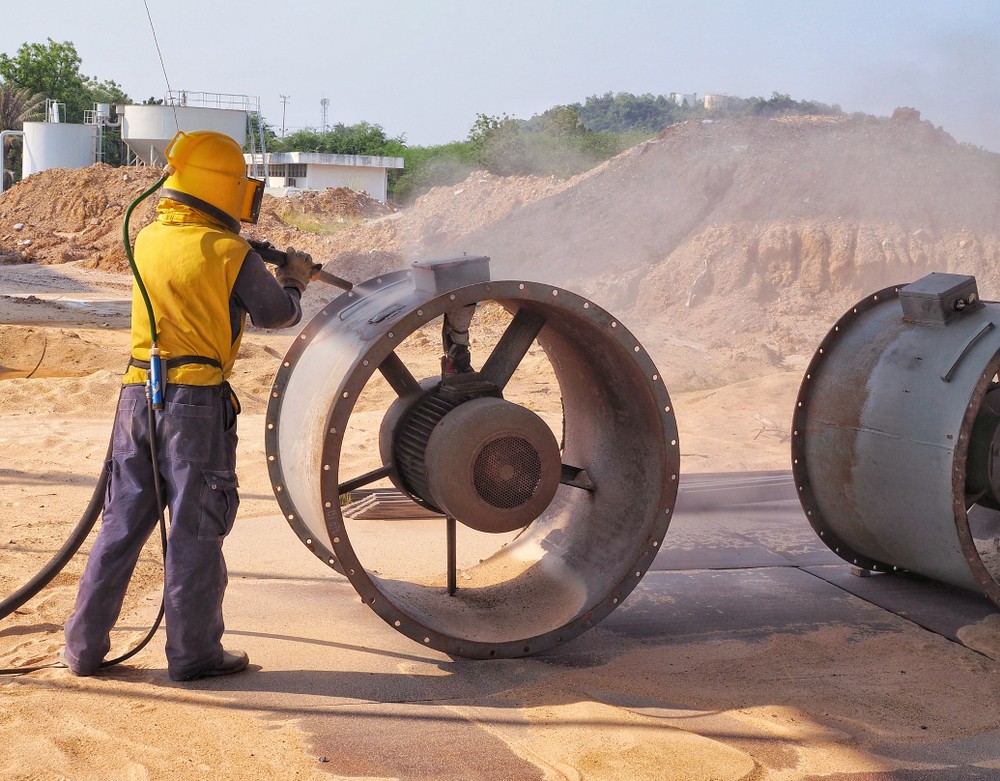Reduce Material Contamination in Factories: Exhaust Systems

Dust, debris, and small particle buildups are some of the most common catalysts of equipment breakdowns. They’re a routine part of factory operations. But the level of debris present in your equipment or the frequency of essential maintenance may open the door for questions about air quality. What happens when airborne dirt, dust, and other debris become a nuisance that regularly affects your equipment or your workforce?
Air quality is an important consideration in any factory — some more than others. Facilities with hazards like explosive dust will inherently place greater emphasis on ventilation, filtration, and air handling than facilities where general dust is the only concern. That said, every factory should consider air quality’s effect on factory operations.

How does dust affect facilities?
Consider heavy dust or particles within the confines of a factory with general HVAC systems. Excess dust not processed quickly enough by the HVAC needs to go somewhere. Often, it’s into the lungs of workers, settling onto flat surfaces, or sucked into the ventilation of individual machinery. In any case, the results are suboptimal. Employee illness. Fire hazards. Catalysts for friction. The more dust, the bigger the risk.
And this is just regular dust. Depending on the plant or scope of processing, airborne particulates can include anything from chemicals, to volatile organic compounds (VOCs), to inorganic compounds, and more.

Keeping dust levels low
Evidence of excess air contamination aren’t hard to spot — especially when they contribute to machinery failure or more frequent maintenance. Cleaning air intakes or replacing blown motors due to contaminant buildups signal the need for better air quality, for example. The solution to industrial ventilation depends on the intended application.
- Hood vents are suitable for workstations where dust and air contaminants exist, collecting at the point of production.
- Extraction arms are useful for spot collection, where procedures may produce an excess of dust or air contamination.
- Exhaust systems quickly jettison air contaminants out of the building, making them suitable for hazardous situations.
- Local exhaust vents act as collection agents, quickly collecting a broad scope of contaminants within a larger work area.
Whereas the purpose of HVAC systems is to recycle air through cleaning and conditioning, industrial ventilation involves removing air and its contaminants from the circulation process.

The unseen benefits of dust control
Controlling dust and air quality levels has a direct, measurable impact on the efficacy of equipment repair and maintenance. In many cases, there’s a simple, yet important, relationship between cleaner air and the mean time between failure (MTBF) of equipment via the removal of friction-causing catalysts. Other benefits include reduced maintenance expenses and better allocation of maintenance resources.
Beyond equipment preservation, there are health and wellness considerations for employees as well. Manufacturing plants can avoid conditions like Sick Building Syndrome, which is intrinsically linked to poor air quality. An investment in better air quality is one that yields high return on investment (ROI) in both employee satisfaction and operational efficiency. Rising problems with equipment failure due to contamination may necessitate a closer look at air quality and opportunities for improvement.